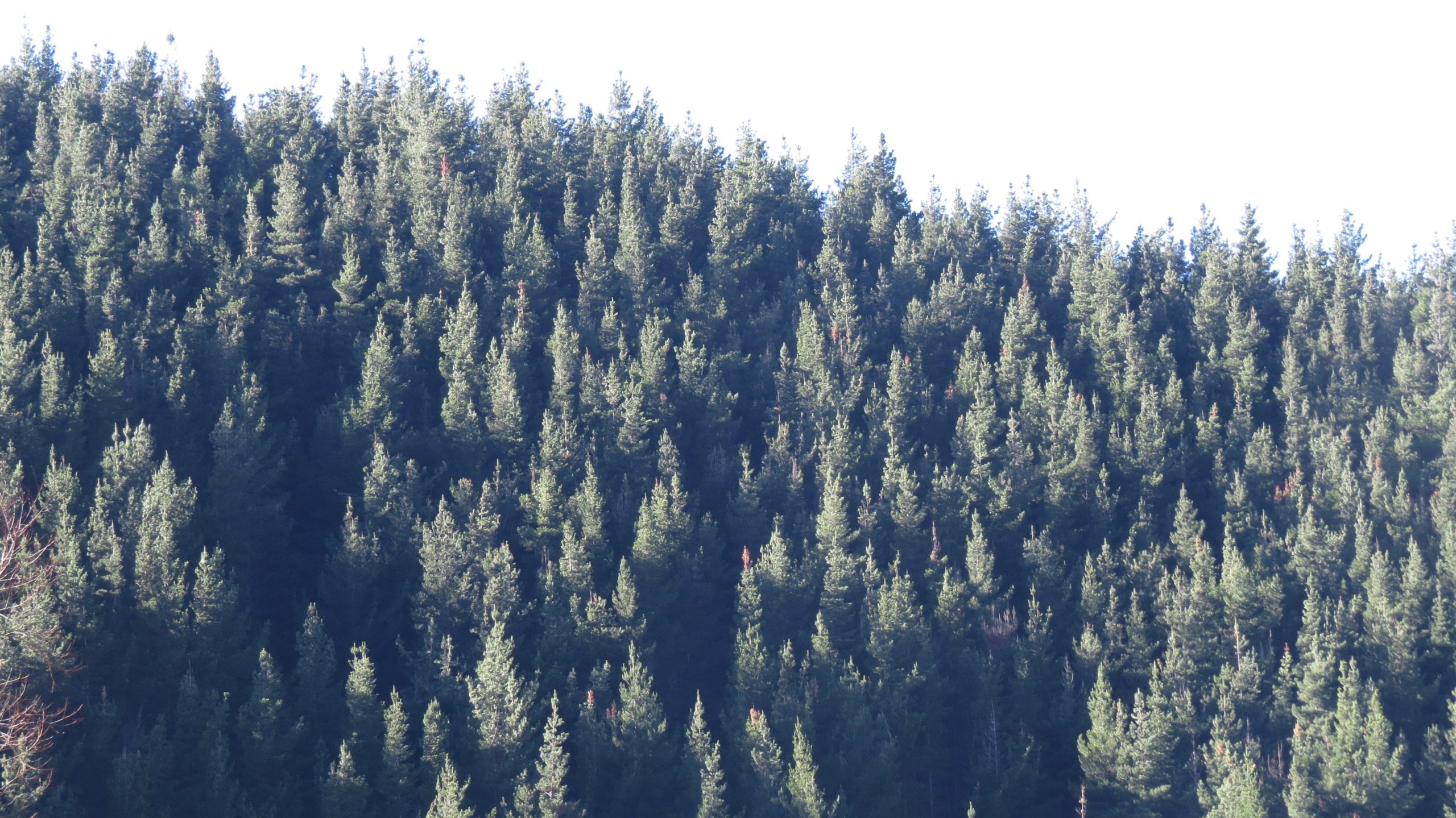OPINION:- by Anne Salmond
The farmers are right. As the price of carbon rises, the settings in the Emissions Trading Scheme (ETS) will make it more profitable to plant pine trees than to grow food (or native forests) in many parts of New Zealand.
On the East Coast, for instance, a landowner will be paid 10 times more by year five for planting pine trees instead of native forest, and farmland is going under pine trees in many places. With wool prices at historic lows, and rising carbon prices, this trend will only accelerate.
On highly erodible soils, the folly of planting shallow-rooted pine trees and clear-felling them every 25-30 years is obvious. Witness the tsunami of logs and sediment that have drowned streams, rivers, houses, fields, beaches and harbours in places like Tolaga Bay, Marahau, and many other parts of New Zealand.
With two-thirds of the forestry industry owned overseas, like the logs, the profits are exported, but the costs remain behind. Ravaged landscapes, wildling pines, roading networks wrecked by logging trucks, workers killed and injured in the forests.
Communities Die
As more farms go under pine trees, vets, shepherds, shearers, fencers and other rural workers run out of work. If pine forests are planted and left as carbon sinks, there is no work for anyone. Schools close, and communities die.
In addition, plantation forests are monocultures, susceptible to diseases and fire, and industrial forestry generates carbon, perhaps as much as it sequesters.
Preparing the land, spraying it, growing trees, planting them, trimming them, forestry earthworks, harvesting, treating the logs, shipping them to market, turning them into products, all emits carbon.
Permanent native forests, on the other hand, provide habitat for a wide range of species; protect and cleanse waterways, and sequester increasing amounts of carbon as they grow.
Under these circumstances, an Emissions Trading Scheme that pays landowners 10 times more for planting pine trees rather than permanent native forests on highly erodible soils is a social and ecological disaster.
European Model
So, what’s the alternative? Nature-based forestry on the European model is an option. Mixed species, mixed-age indigenous forests grown and harvested without destroying the canopy or wrecking the soil. New Zealand forests of this kind would yield some of the finest timbers in the world.
On stable land, pine plantations will no doubt remain, but on highly erodible soils, permanent native forests are the only wise option for carbon farming.
Without food, there is no life. The trick is to produce it in ways that also yield rich soils, thriving forests, healthy waterways and flourishing communities.
As the Parliamentary Commissioner for the Environment pointed out 10 years ago, in tackling climate change, it’s vital to avoid perverse incentives and bad ecological outcomes.
The farmers are right. At present, the incentives in the ETS are perverse, and they’re taking us in the wrong direction. It needs to be fixed before it’s too late.
Footnote:-(1) Dame Anne Salmond is a Distinguished Professor in anthropology at the University of Auckland, and 2013 New Zealander of the Year.
(2) This article was published in “The Press” July 7, 2020
Photo below:- pine forest monoculture in Marlborough where Malaysian-backed Ernslaw One have converted well-farmed high country sheep stations to pines for carbon trading speculation

